In developing countries, where the cost benefits of biosimilar drugs would have the greatest impact, the financial investment needed to develop biosimilars renders them inaccessible. The situation requires increased input from international evaluation frameworks, such as those of the World Health Organization (WHO); write Barbara Milani and Sara Gaspani of Médecins Sans Frontières, Geneva, Switzerland [1].
The case for improving biosimilar regulatory frameworks worldwide
Biosimilars/Research
|
Posted 07/02/2014
 0
Post your comment
0
Post your comment

Developing countries and non-governmental organizations (NGOs) have little or no regulatory capacity in the area of biological drugs. The need for support from WHO on regulatory guidance is illustrated with the example of drugs to treat hepatitis C virus (HCV) infection – pegylated interferon alpha-2a (Roche) and pegylated interferon alpha-2b (Merck). These drugs are currently sold at prices inaccessible to most developing countries. HCV infection affects 150–180 million people worldwide each year, killing an estimated 350,000, with the burden greatest in developing countries.
The bioequivalence approach used for small molecule pharmaceuticals cannot establish therapeutic equivalence between biosimilars and their reference (originator) drugs. The evaluation approach is far more complex and expensive.
In 2005, the European Medicines Agency (EMA) published a framework for evaluating biosimilars. EMA evaluation relies on comparability exercises at the preclinical and clinical levels, which has been accused of increasing development costs unnecessarily.
In 2010, the US Food and Drug Administration (FDA), created an abbreviated pathway for licensure of biosimilar products. In 2012, they issued guidance on developing biosimilar products, allowing for waivers of preclinical and clinical studies. However, since there are no finalized guidelines, no biosimilar applications have been made to FDA.
In 2009, WHO published its guidelines based on those of EMA. The EMA and WHO guidelines now influence biosimilar regulatory frameworks worldwide.
Regulatory authorities must review the need for costly comparative clinical trials in the light of scientific and regulatory experience and the needs of national health systems, write Milani and Gaspani. Indeed, EMA has begun to waive requirements for comparability at the clinical level in certain circumstances.
Countries and NGOs unable to assess biosimilars and alternative pegylated interferon alpha using international standards must rely on international evaluation frameworks. The authors suggest an extension to the WHO pre-qualification system for biological/biosimilar drugs that previously improved access to safe and effective generic antiretroviral medicines for HIV treatment. With this approach, developing countries could have access to safe and effective pegylated interferon alpha and other essential biological medicines.
Related article
Improving access to HCV treatment in developing countries
Reference
1. Milani B, Gaspani S. Pathway to affordable, quality-assured sources of pegylated interferon alpha for treating hepatitis C. Generics and Biosimilars Initiative Journal (GaBI Journal). 2013;2(4):194-203. doi:10.5639/gabij.2013.0204.053
Permission granted to reproduce for personal and non-commercial use only. All other reproduction, copy or reprinting of all or part of any ‘Content’ found on this website is strictly prohibited without the prior consent of the publisher. Contact the publisher to obtain permission before redistributing.
Copyright – Unless otherwise stated all contents of this website are © 2014 Pro Pharma Communications International. All Rights Reserved.
News
FDA approves six denosumab biosimilars
EMA recommends approval for four biosimilars targeting three therapies
General
Samsung Bioepis wins Pyzchiva case; Regeneron patent rulings threaten foreign biosimilars
Chinese biosimilars go global: growth, partnerships, and challenges
What is the future for the US biosimilar interchangeability designation
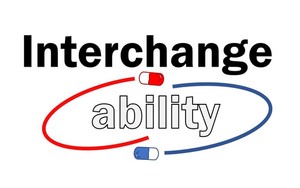
Biosimilars/Research Posted 05/06/2025
Biosimilar clinical efficacy studies: are they still necessary?
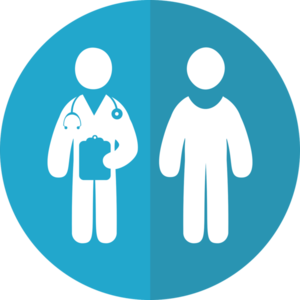
Biosimilars/Research Posted 27/05/2025
The best selling biotechnology drugs of 2008: the next biosimilars targets




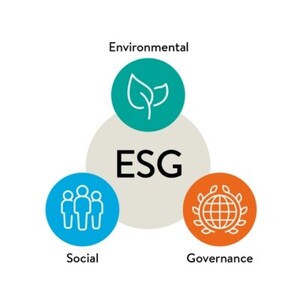
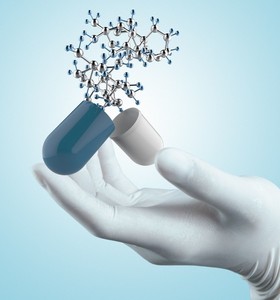
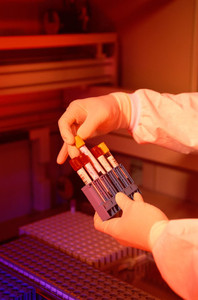

Post your comment